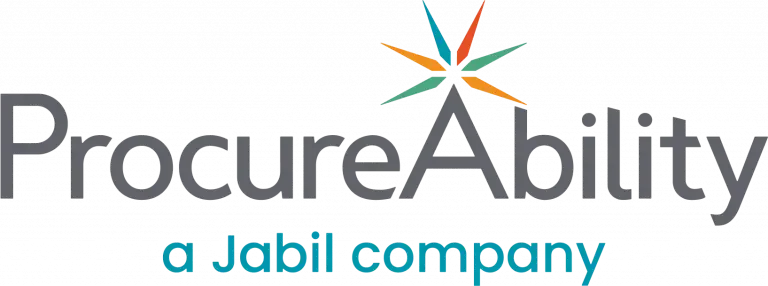
In today’s fast-changing business environment, procurement analytics is no longer a “nice to have”; it’s a strategic imperative. The ability to extract actionable insights from data is fundamentally transforming how procurement teams operate. In turn, this helps organizations drive value across the supply chain, reduce risk, and respond more rapidly to shifting market conditions. Moreover, as advanced analytics tools become more accessible, procurement leaders are under growing pressure to move beyond intuition and past experiences alone. Instead, data-driven decision-making is becoming the cornerstone of success, enhancing everything from supplier selection to cost optimization.
Why Data Analytics in Procurement Matters
Data gives organizations a more complete and dynamic view of their operations. As a result, procurement teams are better equipped to solve today’s challenges while also preparing for future disruption. In fact, leading procurement organizations are already embedding analytics into their daily workflows to improve sourcing strategies, anticipate stakeholder needs, and uncover new cost-saving opportunities. To illustrate how impactful this shift can be, here are three high-value use cases that demonstrate why procurement analytics should be a core pillar of your sourcing strategy:
1. Extract Market Intelligence from Supplier Proposals: Every supplier proposal is packed with valuable information, if you know how to analyze it. For example, labor rates, unit costs, volume-based discounts, contract exceptions, and historical performance metrics all serve as real-time market indicators:
- Identify high-performing suppliers
- Benchmark future sourcing events
- Build stronger negotiation strategies
- Monitor trends in pricing and service levels
In other words, supplier proposals aren’t just offers; they’re a rich source of competitive intelligence that can fuel better decision-making.
2. Predict and Respond to Stakeholder Demand: Understanding what stakeholders need (and when) is a core function of effective procurement planning. But needs are evolving, often in response to supply chain volatility, changing regulations, or external market shifts. With predictive analytics, procurement teams can:
- Detect emerging demand patterns
- Forecast changes in stakeholder requirements
- Align sourcing strategies with business priorities
- Reduce waste by better aligning supply with actual needs
Consequently, this forward-looking capability enables procurement to shift from a reactive role to a strategic, proactive sourcing function.
3. Maximize Cost Efficiency Through Real-Time Spend Analysis: Achieving cost savings in procurement is a constant goal, but doing so without sacrificing quality requires precision. Modern analytics platforms enable teams to continuously monitor pricing, availability, quality ratings, and even transportation costs across suppliers. With this level of insight, procurement teams can compare total landed costs across suppliers, identify hidden inefficiencies, avoid overpaying for goods or services and optimize supplier portfolios based on real performance data. By combining spend analysis with supply chain data, organizations can make smarter sourcing decisions and hit cost targets with confidence.
Building Procurement Capabilities for a Data-Driven Future
As procurement becomes more digitally enabled, the role of the procurement professional is evolving. Teams don’t need to become data scientists, but they do need to be data-literate. To fully leverage procurement analytics, teams must know how to interpret complex data sets and connect those insights to procurement goals. From there, they can develop and execute action plans and communicate value to stakeholders using data. Embedding analytics into everyday procurement processes, rather than treating it as a separate function, helps make data-driven decision-making second nature.
Incorporating data analytics into procurement is one of the most impactful moves an organization can make to improve resilience, agility, and cost performance. Whether you’re benchmarking suppliers, forecasting demand, or optimizing your category strategies, data is your competitive edge. By embedding analytics into day-to-day operations, rather than treating it as a separate, siloed activity, procurement can fully embrace data-driven decision-making as a core capability.
References
Frevvo: 8 Top Procurement Technology Trends For the 21st Century
SourceToday: 5 Innovative Ways Procurement Can Use Data Analytics
Simfoni: What is Procurement Analytics? Why and how it is implemented?



